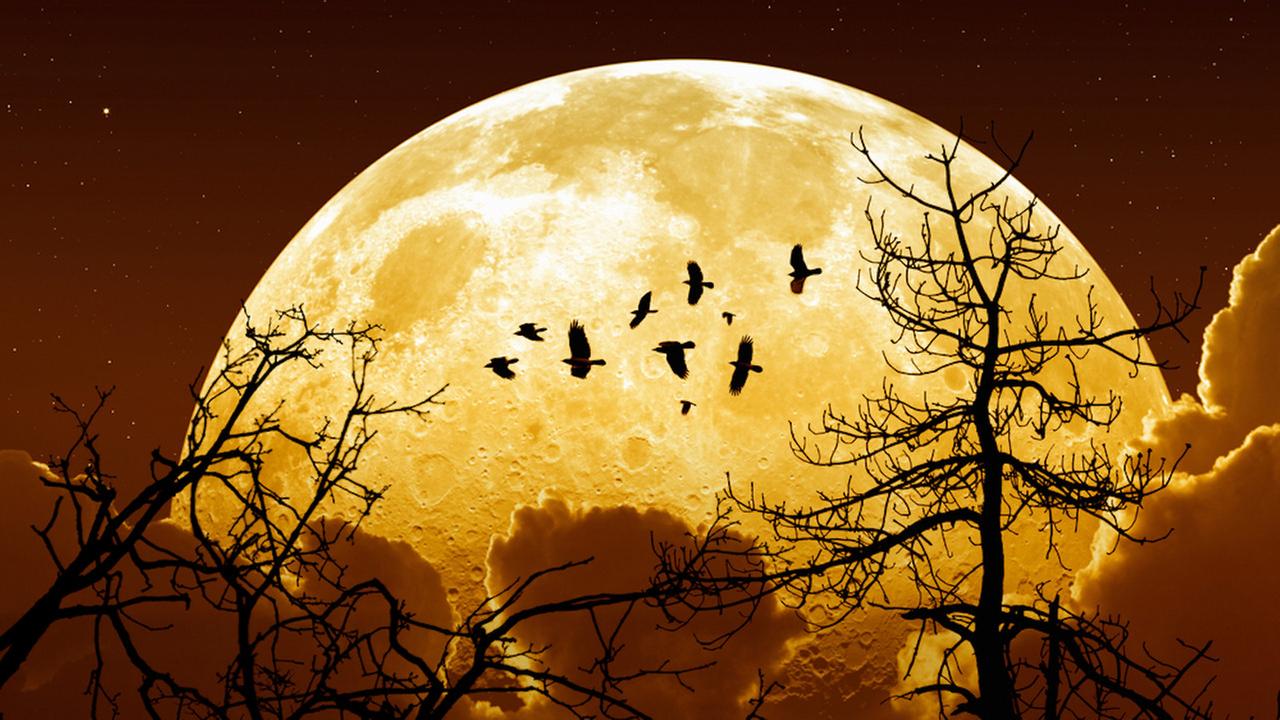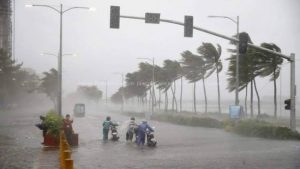
A rare Supermoon in November 2016.
MANILA, Philippines — Filipinos and also Indonesians will be treated to three lunar events on Jan. 31 — a blue moon, a supermoon and a total lunar eclipse.
A blue moon is the second of two full moons occurring in the same month.
Blue moons happen either once every two to three years. The phrase “once in a blue moon” was derived from this phenomenon to signify rarity.
The first full moon for this year happened last Jan. 2, Philstar reported, citing the Philippine Atmospheric, Geophysical and Astronomical Services Administration (PAGASA).
Also Read: Former Iranian Diplomat Says Afghan Migrants Not Linked to ‘Enemy Spies’
The term blue moon has nothing to do with the actual color of the moon, although a literal “blue moon” (the moon appearing with a tinge of blue) may occur in certain atmospheric conditions — like when there are volcanic eruptions or when exceptionally large fires leave particles in the atmosphere, the agency said.
The two full moons this January are both supermoons, PAGASA said.
A supermoon – a term coined by astrologer Richard Nolle – is a phenomenon that occurs when a full moon coincides with the moon being the closest it gets to the Earth on its orbit.
The full moon can appear as much as 14 percent larger in the sky and 30 percent brighter to the people’s eyes than at minimum size and brightness.
Also Read: “Rohingya Youth Killed by Landmine While Delivering Food to AA Militants”
The moon will be at its closest distance to Earth – 358,995 kilometers – on Jan. 31 at 5:54 p.m.
The Jan. 31 supermoon will coincide with a total lunar eclipse, which will give the moon a reddish glow due to the sunlight reflected by the Earth’s atmosphere.
According to PAGASA, the eclipse will begin at 6:49 p.m. in the Philippines and end at 12:09 a.m. on Feb. 1.
The moon will rise at 5:42 p.m. on Jan. 31 in the country and will set at 6:47 a.m. on Feb. 1.
Also Read: Iran’s Defense Minister Visits China Amidst Ceasefire
The greatest or total eclipse will occur at 9:29 p.m. of Jan. 31.
PAGASA said lunar eclipses are safe to watch and observers need not use any kind of protective filters for the eyes.
“A binocular or telescope will help magnify the view and will make the red coloration of the moon brighter,” the weather bureau said.
According to the National Meteorology, Climatology and Geophysics Agency, or BMKG, the rare celestial event, which will be visible in Indonesia at 8.26 p.m. on Jan. 31, will be the culmination of a supermoon trilogy, which refers to a series of three supermoons – the other two having occurre d on Dec. 3 and Jan. 2. (T/RS5/RS1)
Also Read: Pancasila and Religious Diplomacy Offer Global Solution for Diverse Societies: Minister of Religious
Mi’raj Islamic News Agency (MINA)





































 Mina Indonesia
Mina Indonesia Mina Arabic
Mina Arabic